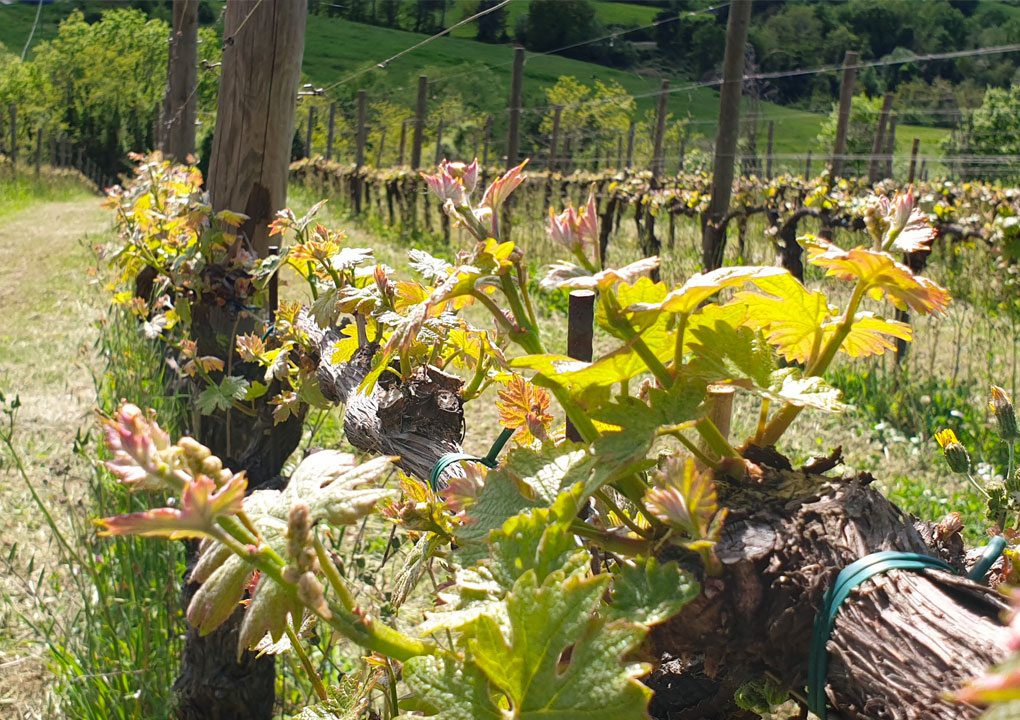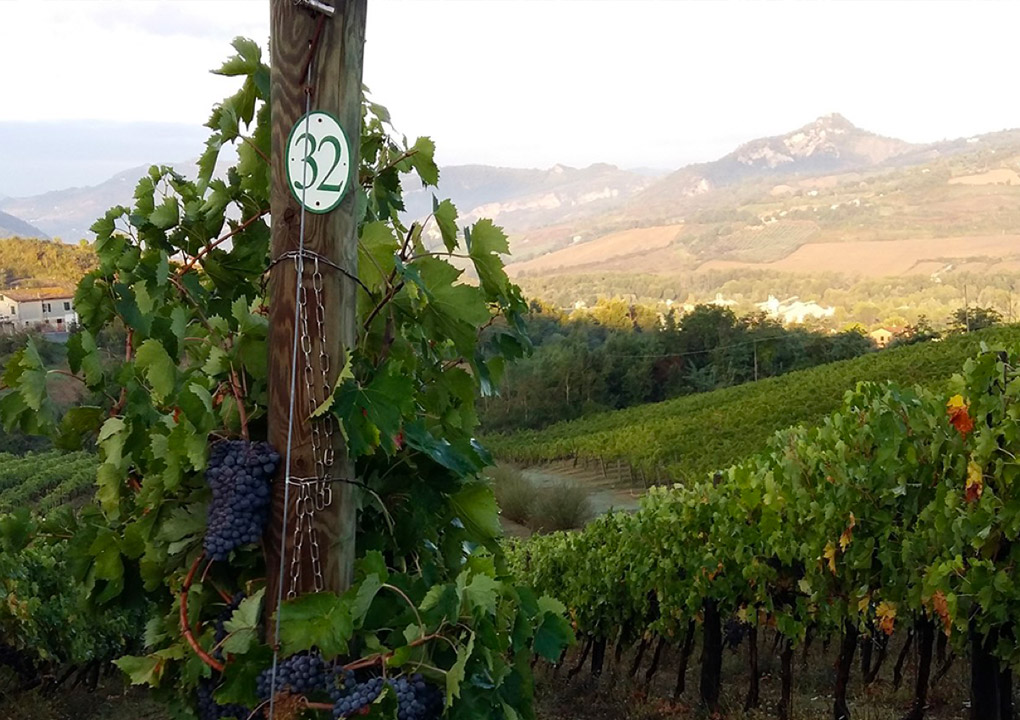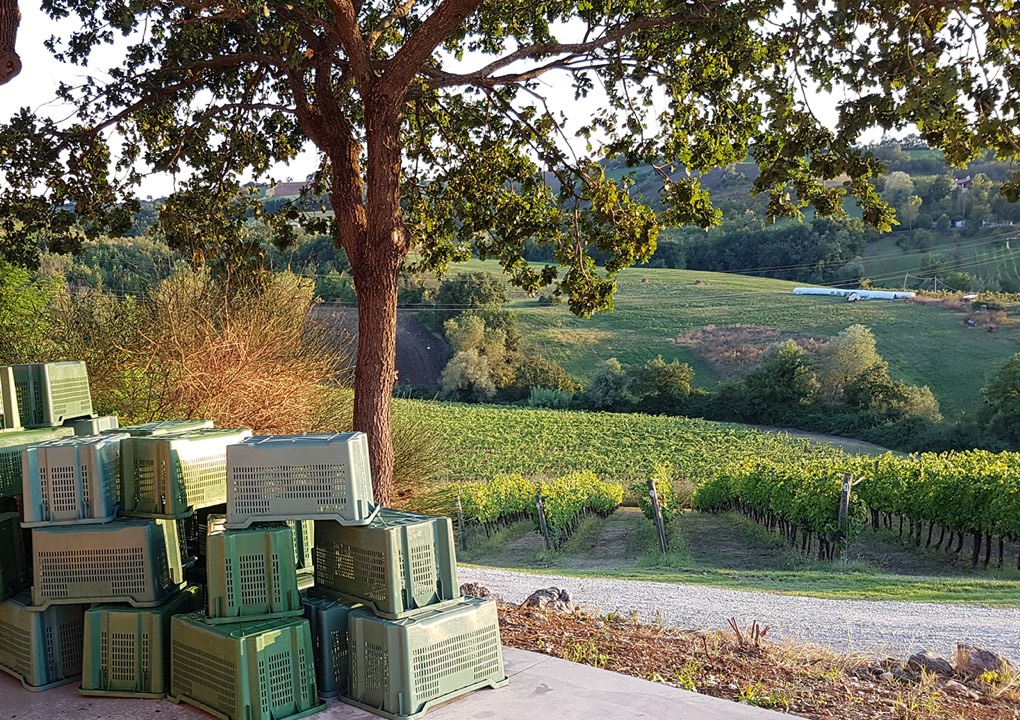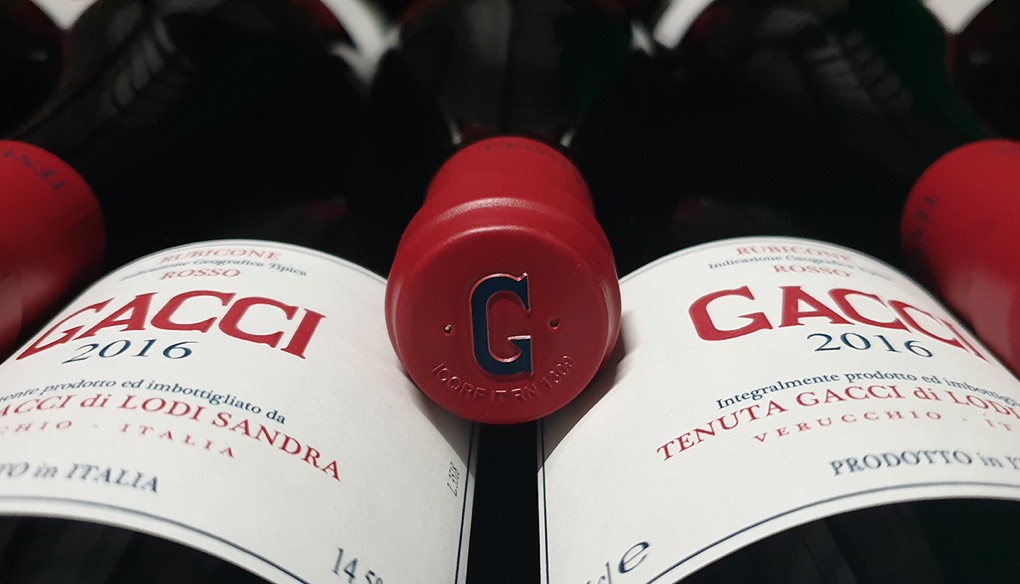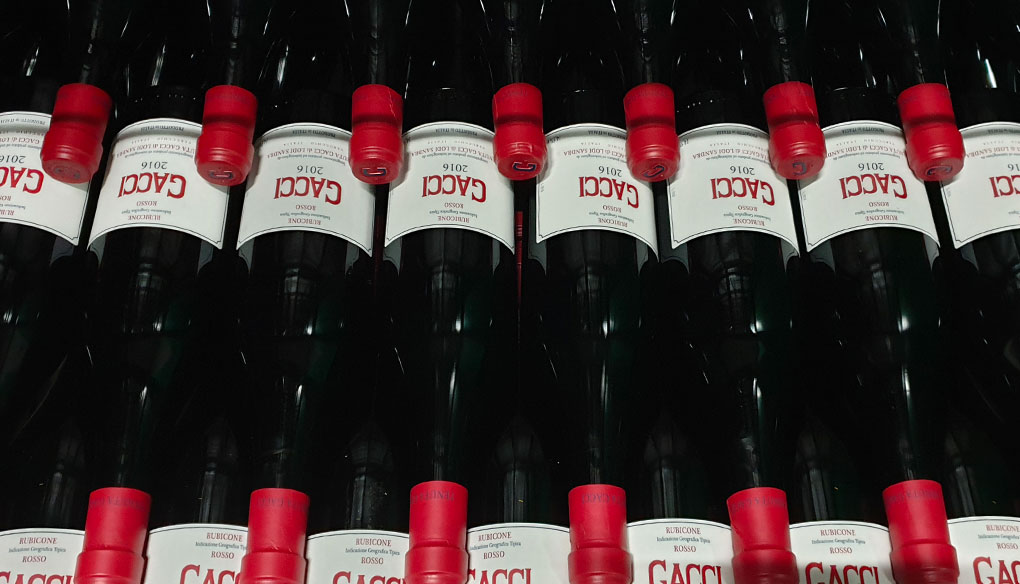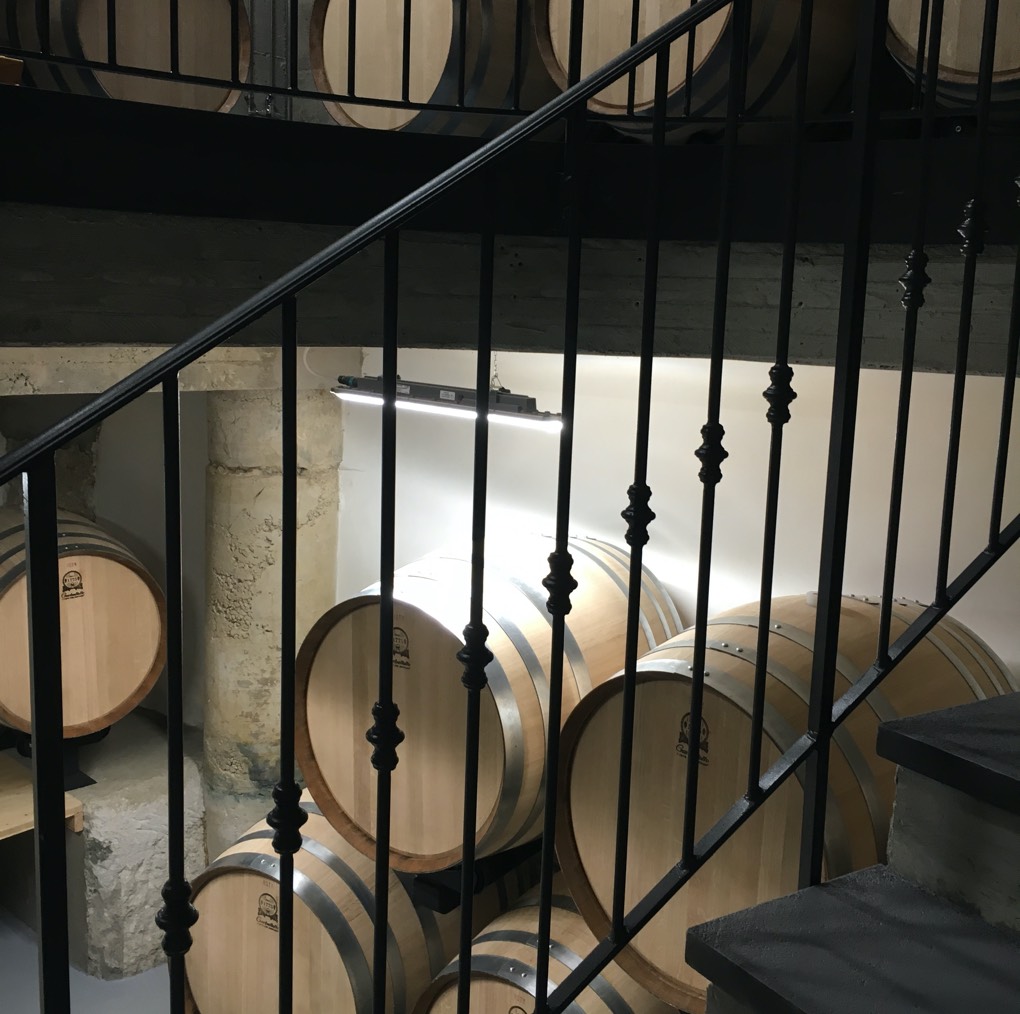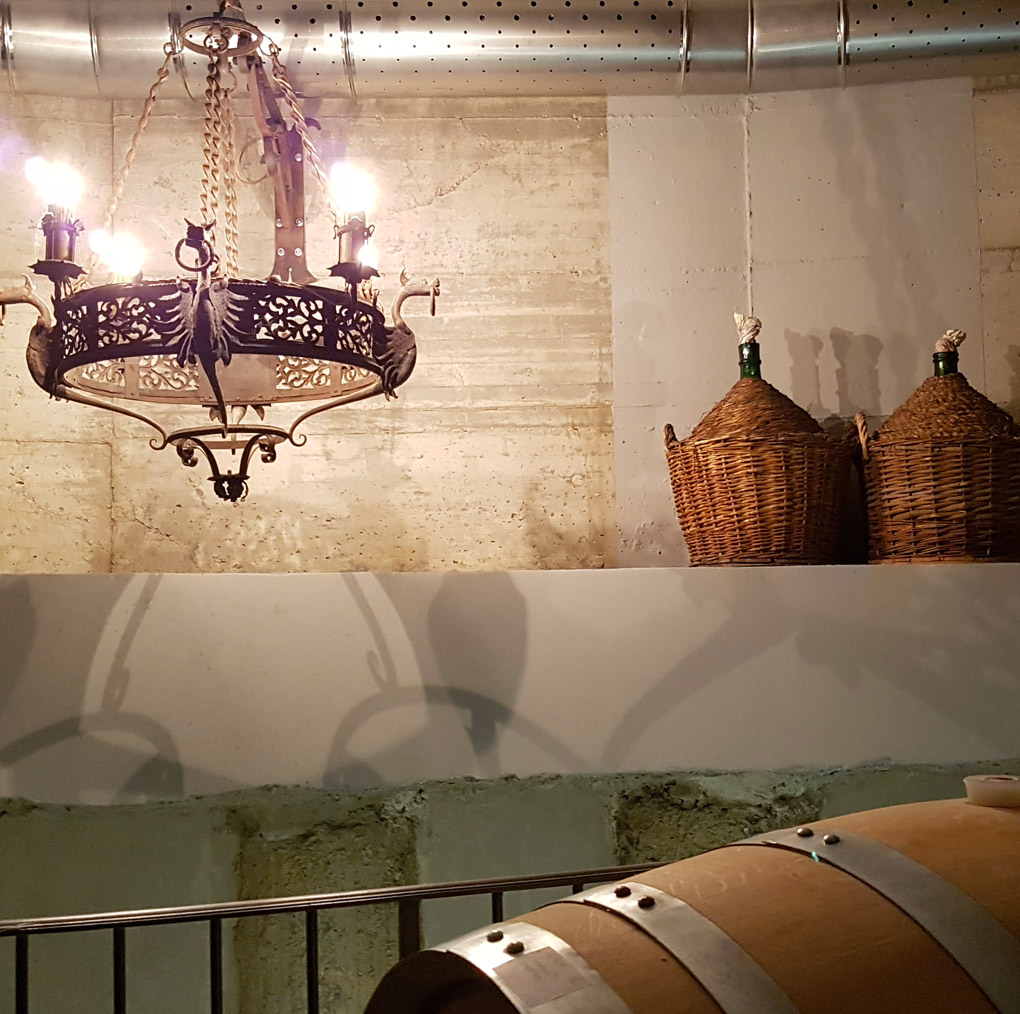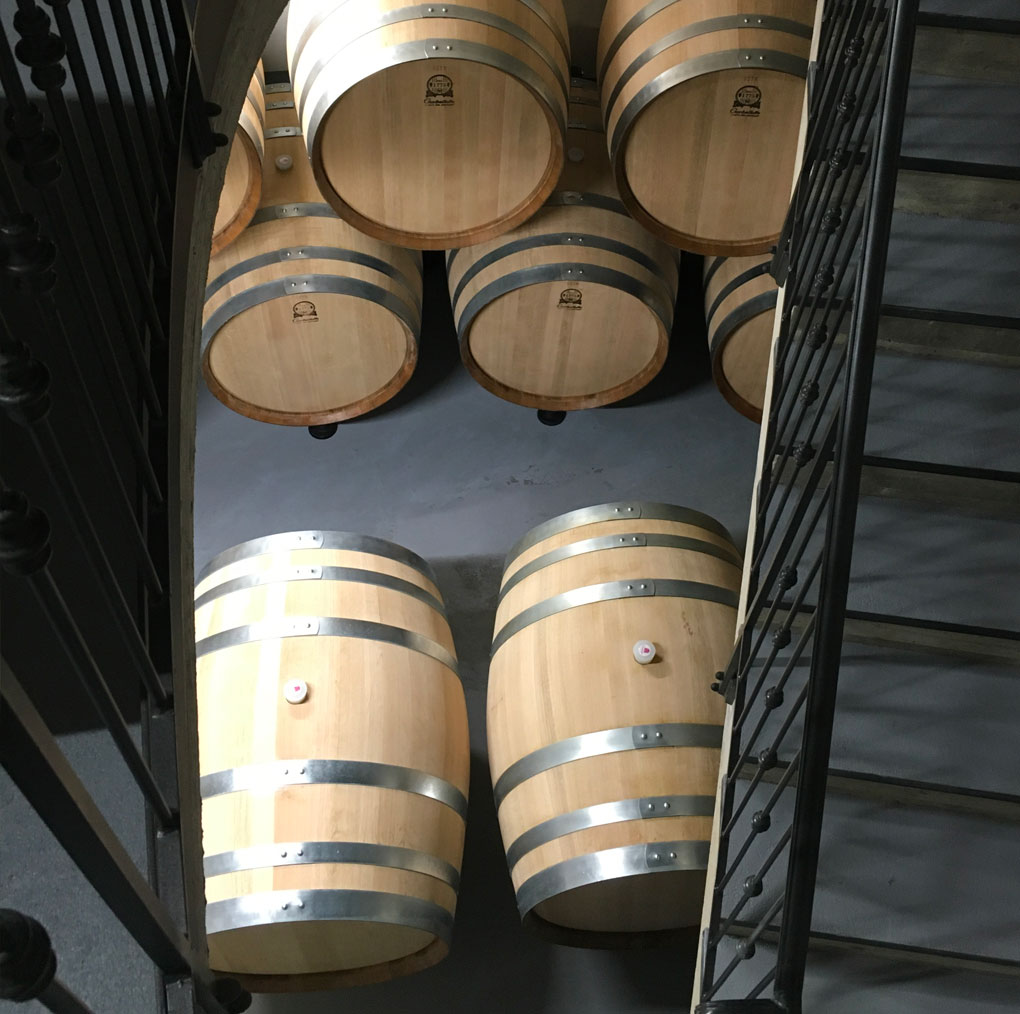CAN’T BE TAUGHT…MUST BE LEARNED
Vineyard – Land
Everything in the vineyard is completely free of all chemical or invasive action, eliminating, as much as possible, the mechanical operations for each type of pollution in order to get a natural wine. The 5000 plants per hectare on steep slopes are worked manually.
In summary, the management of the vineyard is fully organic, first of all for the vines and also for those who live there.
The vineyard is located on grassy ground benefiting from the presence of spontaneous grasses which regenerate year by year consistent with the concept of no tillage philosophy. The relative increase in biological fertility and protection from erosion contribute to the resilience and adaptation of the plants to the drastic climate changes.
Techniques and workmanship do not differ from what the vineyard has required for centuries, facing the difficulties and advantages that each vintage brings with it, safeguarding the needs of the plant from winter pruning to the manual harvest.
In particular the harvest is always carried out in very short time with the first desirable selection in the field. Yields per hectare change from area to area according to the year, with significant lower averages respect the permitted specifications.

Vinification – Steel and Cement
The first selection takes place in the vineyard, the second on a sorting table followed by destemming without crushing.
The berries are left whole ready to begin their spontaneous fermentation.
Nothing is added except a low amount of sulphites.
The vinification takes place in truncated conical steel tanks and cement tanks that allow maximum hygiene and neutrality at three key stages such as alcoholic fermentation, malolactic fermentation and final blend composition.
16 tanks of different sizes accommodate the different parcels of the vineyard divided into 13 distinct areas.
The conical steel vats have been tailor made for Gacci. Taper and volume are important for the conformation of the cap to increase the effectiveness of repassing and délestage.
Frequent analysis is done to follow the evolution of the alcoholic fermentation, the primary and most important step for the future wine. The character of the vintage is outlined, like for a child the character of the future man. This first phase in skin contact lasts about 20/25 days. The malolactic fermentation in cement follows.
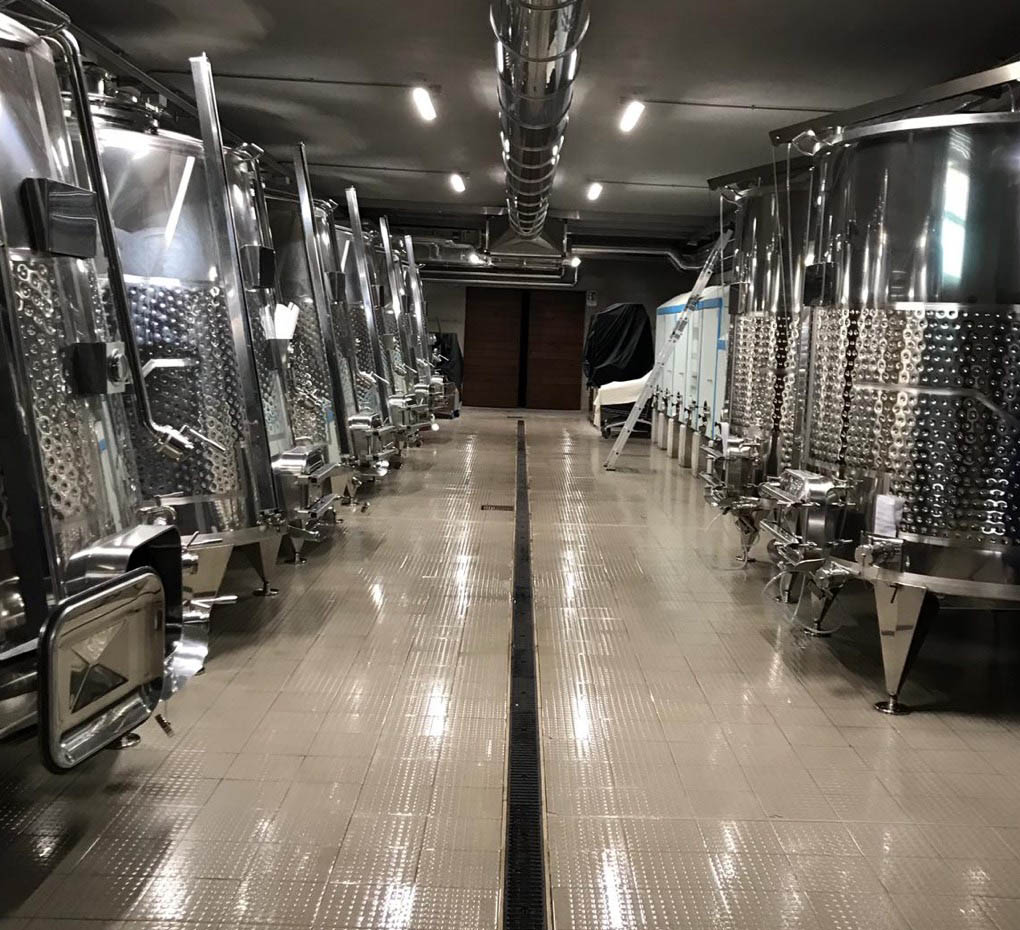
“I make natural wine. If it is not natural, it is not wine. I have never given and I will never give any kind of poison to my land, my vines and my wines. The earth is life”
Gianfranco Soldera
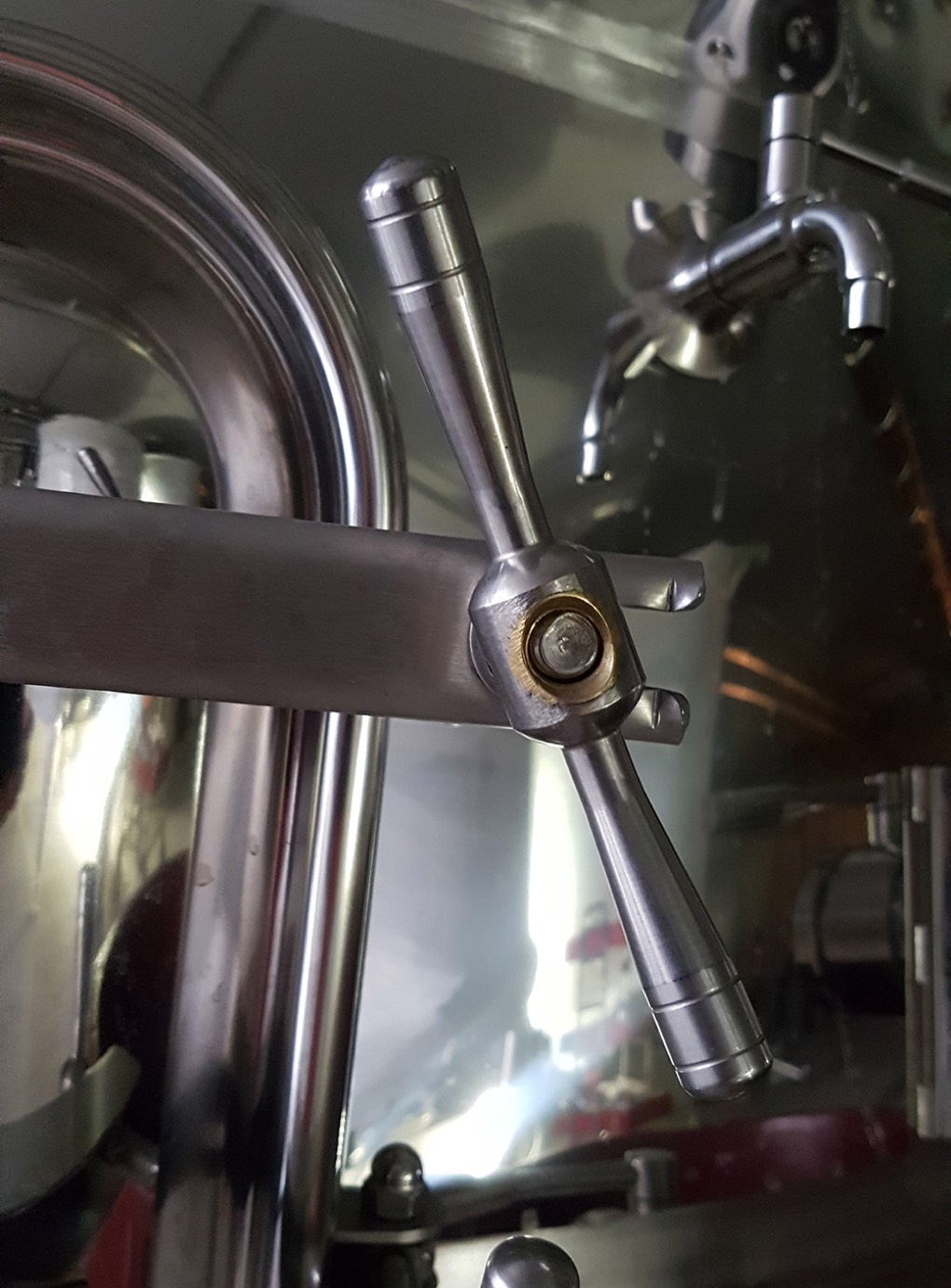
Aging – Wood
The Slavonian oak barrels, with 42 mm ‘split’ oak, a particular thickness very similar to the old Italian barrel, store the wine in its aging for 18/24 months.
At this stage, the wine, still separated by type and by areas, is repeatedly tasted waiting to be assembled in the blend that will define the vintage.
Bottling and Refinement – Glass
At the end of the natural maturation in wood, the final cut takes place in cement tanks.
Bottled by gravity, the wine will complete its last refinement in glass for not less than 12 months in a reserved cellar.
“A good wine needs love, humility, a connection with spirituality, land, time, climate. It takes a poet to make a great wine”
Aimé Guibert

